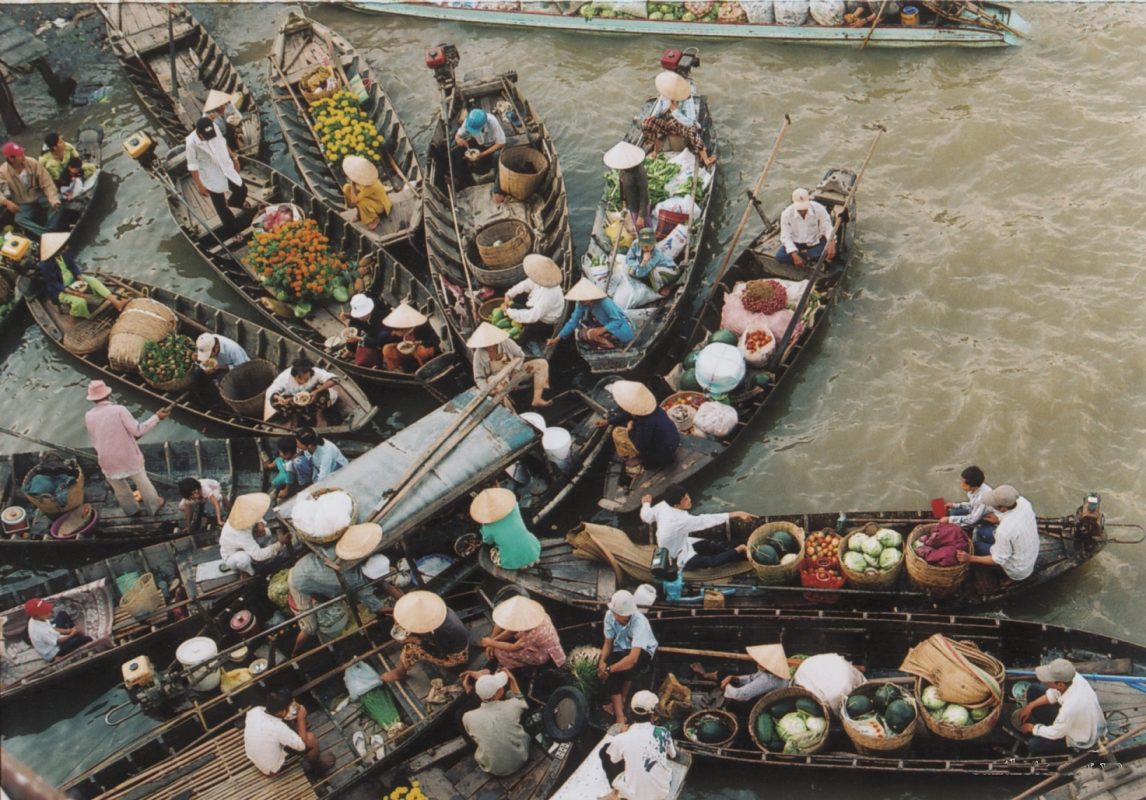No products in the cart.
[Các Khu Chợ Hải Sản Nổi Tiếng ở Hiroshima: Mẫu Câu Giao Tiếp Thường Dùng] Hiroshima là một thành phố duyên hải nổi tiếng với ẩm thực tươi ngon, đặc biệt là hải sản. Du khách đến Hiroshima có thể tìm thấy nhiều khu chợ hải sản sầm uất, nơi cung cấp đầy đủ các […]

